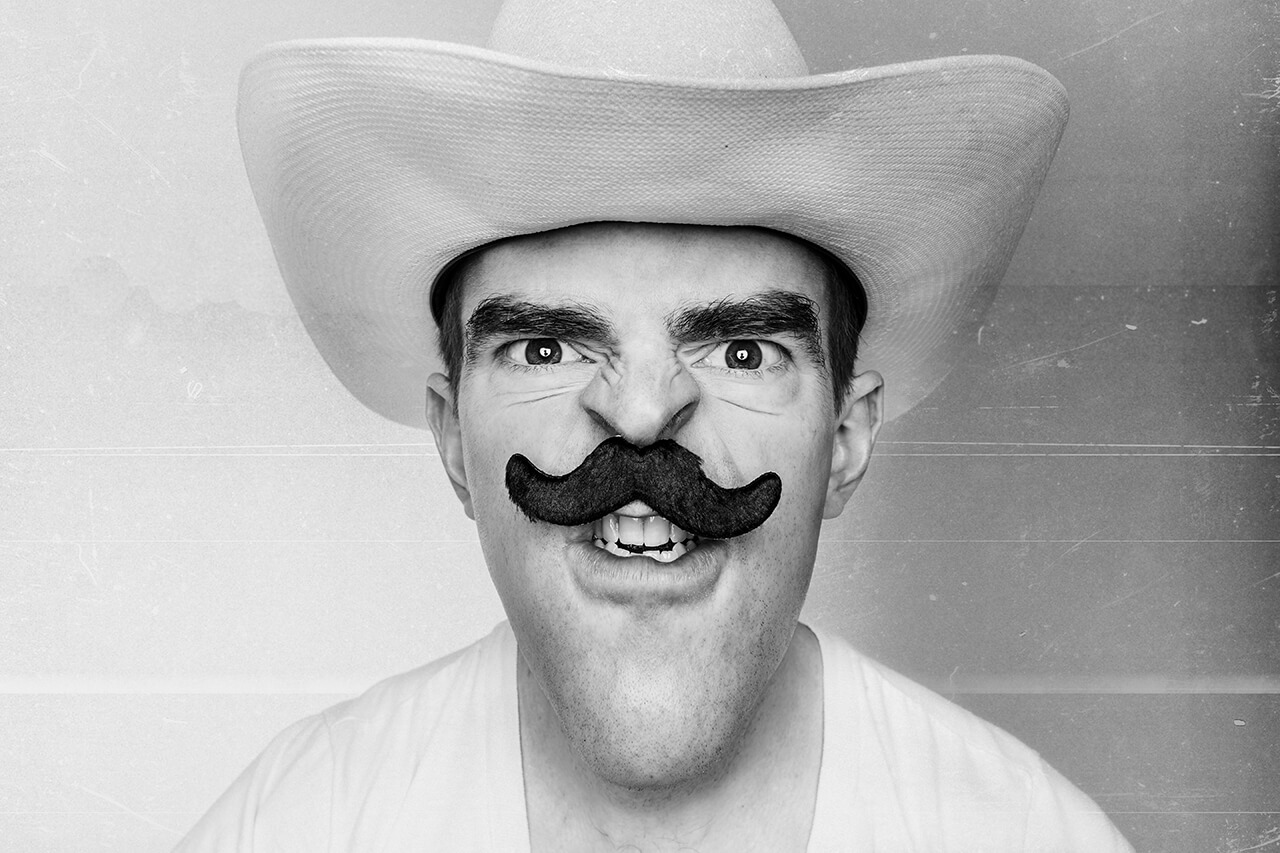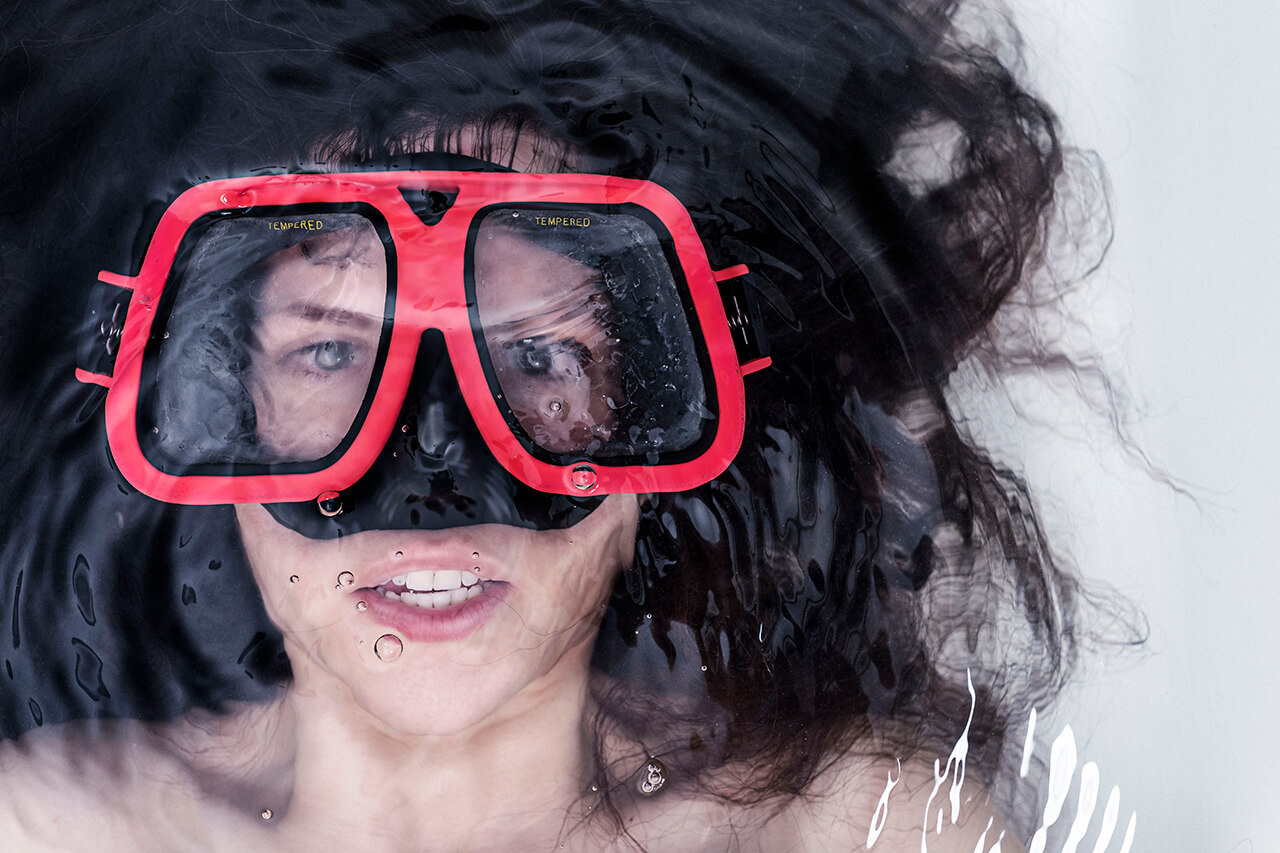Social media has evolved into an ever growing platform for B2B businesses to promote their products and reach out to potential consumers. More and more people are using some sort of social media everyday which is why it is important to develop a social media marketing strategy, whether it is a campaign shared through Facebook, Twitter, Instagram or even Snapchat. This is a prime opportunity for companies to engage with their customers seeing that Facebook has 1.71 billion active users and Twitter has 313 million active users (Zephoria) (Twitter). You may ask yourself, “why are companies having a hard time using social media as a marketing platform?”. Here are five examples and tips of what B2B companies and marketing professionals should be doing to make social media marketing more of a success.
Keeping an active presence on your social media
A lot of B2B businesses believe they can post content on their social media and that is enough to garner interest in their content. However, that is not the reality we live in. Once a company posts on social media, they need to be ready to communicate with anyone that interacts with their post. 78% of marketers said they saw increased traffic with as little as 6 hours a week invested in social media marketing (Social Media Examiner). With the increased traffic produced from investing only 6 hours in your social media, more leads will be generated. See the infographic below on how IBM took advantage of a unique social media campaign. Keeping an active presence on your social media is important in building the key relationships via social media your B2B company needs to effective social media marketing
Humanize your company
By keeping an active presence on your B2B’s social media, you are able to engage more with your customers and answer any questions they might have. By being personal with customers, it gives them a sense of reassurance that the company is human and wants to engage with them. B2B companies that connect with buyers on an emotional level see twice the impact of those still trying to sell based on business or functional value. The most connected companies with their audience enjoyed 31% greater revenue growth last year (Webbiquity). Customers appreciate when companies get back to them quickly if they have a question they need answered. 60% of buyers who feel a “high brand connection” are more likely to purchase, even at a higher price, from those brands versus competitors (Webbiquity). This ensures brand loyalty to the customers that you engage and interact with on your social media accounts.
Choosing the correct social media platform
There are many platforms to choose from such as, Facebook, Twitter, Instagram and LinkedIn. First off, you need to think about several questions before you choose a platform to work with.
For example, Facebook’s purpose is to build brand loyalty and reputations through interesting content and informational posts. Whereas Twitter’s purpose is to deliver quick updates and promote new products with an instant feedback from your audience. Once you answer these questions with the social media platform you have in mind, then you are ready to choose which ones to use. The most popular social media platforms to use are Twitter, Facebook, YouTube and LinkedIn. In fact, more than 70% of all B2B marketers use at least one of the “Big 4” social media sites (LinkedIn, Twitter, Facebook, and YouTube) to distribute content (Digital Marketing Philippines). Now that you have your desired platform, you now need to figure out how to use it to its full potential.
Use pictures to get more engagement
Buzzsumo found that when someone posts on Facebook, a post with images receives about 2.3x more engagements than those without (Buzzsumo). What this means is that for every one like you get on a post without an image, you could have had at least two more with an image. It is natural to be more attracted to an image rather than a lengthy text post. People are more visual learners and by giving them images instead of text, they will be able to understand the information much better. Now you cannot just post an image and wait for the people to begin flooding in. You have to post a relevant picture to what you are talking about. About 54% of B2B marketers said they’ve generated leads from social media strategies and posting with compelling visuals and graphics could help to increase that number even more for your company (Rick Whittington).
Paid Ads
If people are not finding your B2B website organically, you may have to explore the benefits of paid advertisements to attract people to your website. There are two types of advertisements companies can do on social media: sponsored posts and ads. Sponsored posts are posts done by the company to boost the reach of their content that was already published on their social media. Promoted Tweets have shown average engagement rates of 1 to 3 percent—much higher than traditional banner ads (Hoot Suite). The second option is another great way to advertise your company. The difference between ads and sponsored posts is that you create your own ad and can customize everything to your liking. On Facebook, desktop ads have 8.1x higher click-through rates and mobile ads have 9.1x higher click-through rates than normal web ads (Hoot Suite). When you create your own ad, make sure that everything looks professional and is consistent with your company’s marketing ideas.




